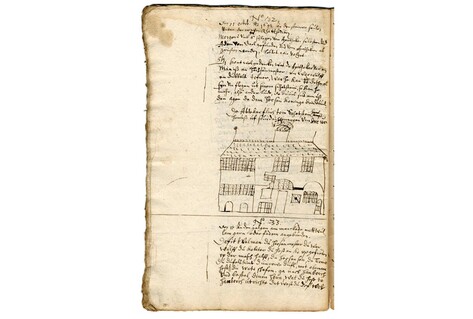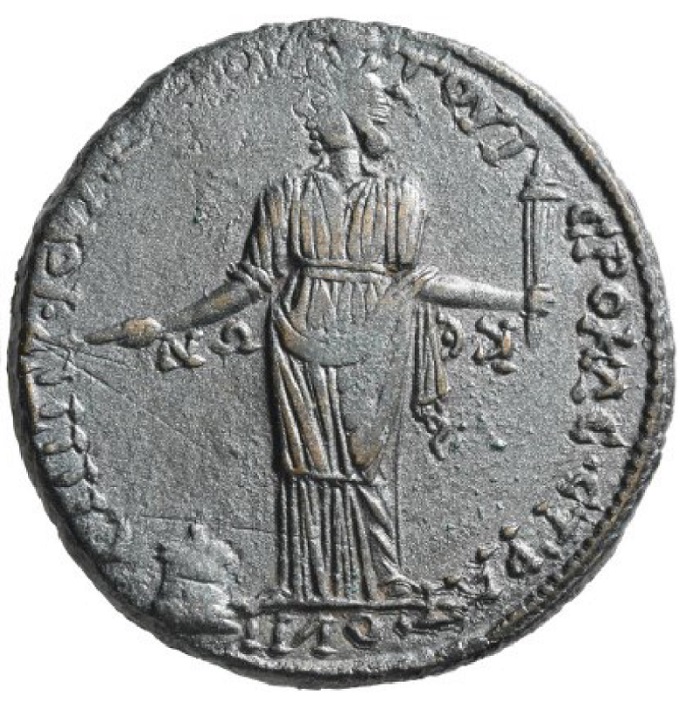House of European History exhibition hits the road
The Ancient Greeks, the myth goes, used a wooden horse to deceive their enemies and breach the walls of Troy. Throughout the centuries – in war, politics, the economy and other spheres of human activity – forgery and deceit were used to advance their creators’ goals. Fake for Real: A History of Forgery and Falsification, is an exhibition that explored these themes for more than a year at the House of European History, its Brussels base. Now, it is on a tour around Europe, visiting cities such as Thessaloniki, Sofia, Budapest, Bucharest, Gdansk and Kristianstad.
The exhibition presents falsifications throughout history. It describes the specific historical circumstances that explain their appearance, the interests and motives behind them and the impact they had. It also demonstrates how they were ultimately exposed. Set chronologically across six big themes, Fake for Real displays more than 100 artefacts from the House of European History collection. It also includes films and interactive games.

What is displayed?
Each case study tells a story of falsification and deceit: from the alleged Donation of Constantine, manipulated biographies of medieval Christian saints, to forged works of art and counterfeit consumer goods. The exhibition presents a wide range of different objects, art works, images, and historically important documents, maps featuring imaginary territories, treatises on witchcraft and false evidence used to accuse a French artillery officer of espionage – the story that went down in history as the Dreyfus Affair. The final section of the exhibition, titled ‘Era of Post Truth?’ is an interactive space with games and videos, where visitors can become fact-checkers, decide on what gets published or censored and play around with an innovative ‘filter bubble’ to explore how social media work. The exhibition ends with an interactive timeline about Russian disinformation and an immersive artistic installation about the same topic in the context of the current war. All exhibits demonstrate something poignant and unique about how we want to understand the world or deliberately misrepresent it.
Visitor experience
The exhibition encourages the visitors to reflect on how falsehoods are told and fakes created and for what purpose. It also explains that thanks to critical approach, science or simple curiosity these falsehoods are, in the end, debunked. Fake for Real, offers insight into different meanings assigned to truth, fakery and proof throughout the ages.
The motives, strategies and tools deceivers and forgers use, emerge from specific political and social circumstances. Nevertheless, the human predisposition to believe in fakes, as well as the objectives behind deceiving others, seem to be universal. Thus, promoting media literacy, strengthening critical thinking through historical examples and providing the visitors with hints on how to tackle disinformation in this time and age are the key goals of the exhibition.
Press releases
Fake For Real at Teloglion Art Foundation, Thessaloniki, Greece
English (808.76 KB - PDF)Fake For Real at National Ethnographic Museum, Sofia, Bulgaria
English (584.2 KB - PDF)Fake For Real at Blinken OSA, Budapest, Hungary
English (571.58 KB - PDF)Fake for Real at the Museum of the Second World War, Gdansk, Poland
English (745.68 KB - PDF)Venues
Teloglion Fine Arts Foundation
Thessaloniki, Greece
02/02/2024 - 16/06/2024
National Ethnographic Museum
Sofia, Bulgaria
16/07/2024 - 20/10/2024
Open Society Archive
Budapest, Hungary
19/11/2024 - 16/02/2025
Museum of the Second World War
Gdansk, Poland
30/07/2025 – 02/11/2025
Regional Museum Skåne
Kristianstad, Sweden
10/12/2025 - 06/09/2026












